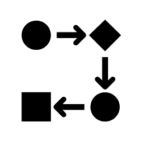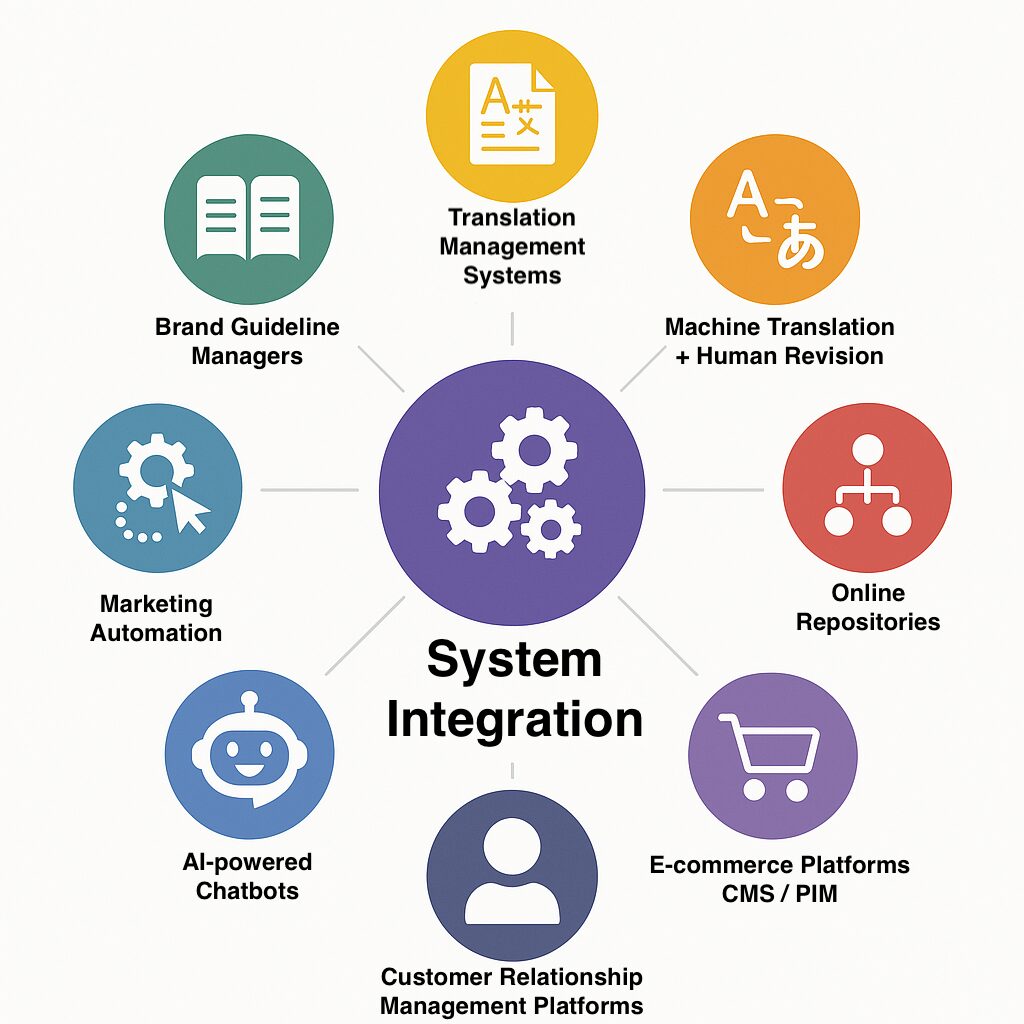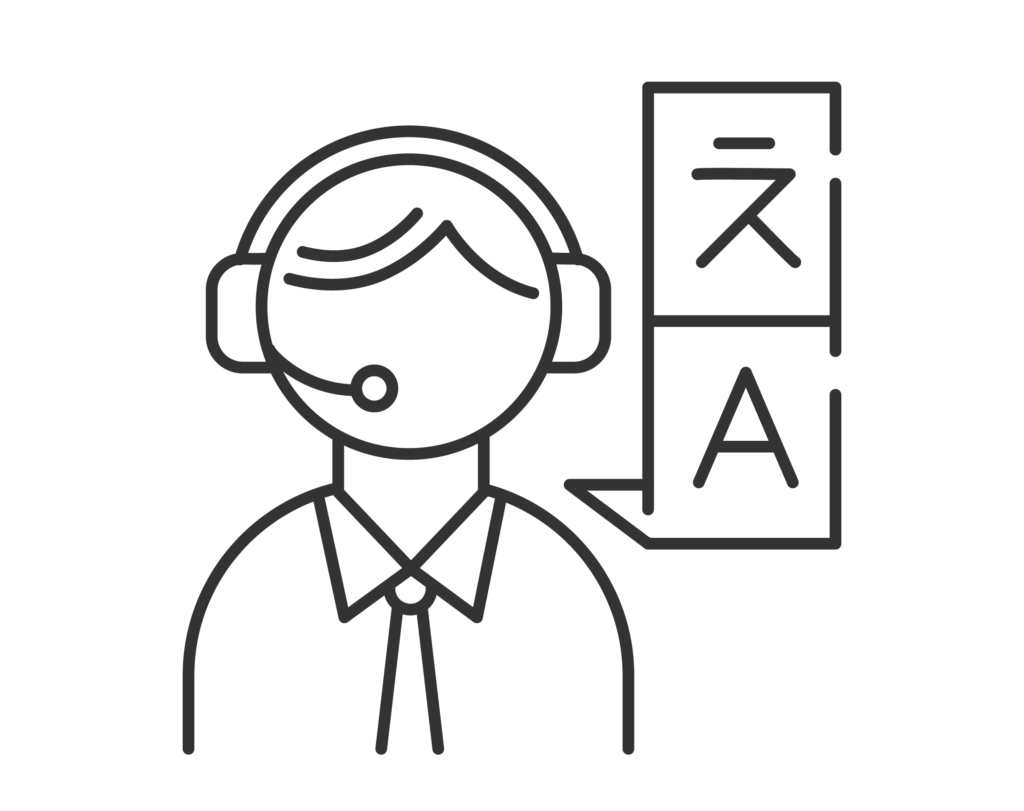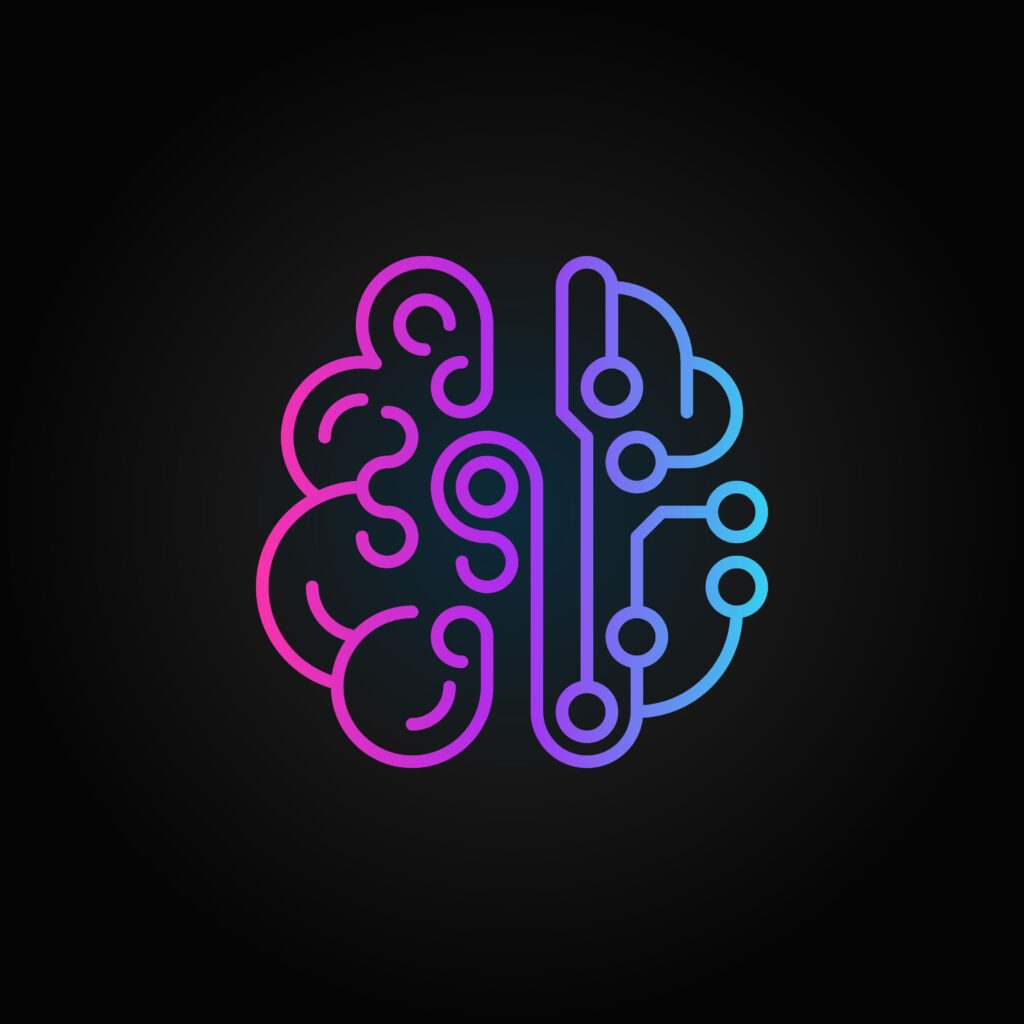Use a combination of a low-code no-code platform, language management systems, the most-updated AI models and MT engines, and human linguists to integrate, automate and orchestrate multilingual content workflows.
Use a combination of a low-code no-code platform, language management systems, the most-updated AI models and MT engines, and human linguists to integrate, automate and orchestrate multilingual content workflows.

Centralize your content management with integrations between systems for language asset exchange

Streamline repetitive content management tasks and improve efficiency with automated processes

Design custom workflows between systems for multilingual asset, unified translation, and style guide management

Your CMS or PIM is where the content lives, but without integration, content can become disjointed across multiple languages. By integrating your CMS (like WordPress, Shopify, or Drupal) with a TMS or specialized Machine Translation (MT) service, you can ensure that content updates and AI revisions happen across all platforms.
For businesses running e-commerce sites, integrating an e-commerce platform with MT engines and a TMS and CMS ensures that product descriptions, reviews, and user-generated content are translated quickly into different languages. Adding human-in-the-loop revision, transcreation and localization at a click for important elements like product descriptions and CTAs assures customer engagement.
Your CRM (like Salesforce or HubSpot) stores your valuable customer data, including language preferences. Integrating your CRM with marketing tools and your TMS and language provider ensures that customer communications are tailored to the right language without extra work on your part.
Your marketing automation tools play a key role in reaching out to your multilingual audience. By integrating these with your content management and translation systems, you can automatically trigger multilingual email campaigns and content updates based on customer behavior and preferences.
A TMS is essential for organizing translation projects and collaborating with expert linguists. Integrating a language provider and TMS with your CMS ensures that your content can be easily extracted, translated, and re-inserted with minimal effort.
Automated translation tools provide fast, cost-effective translations for high-volume content. While not perfect, these MT systems can be integrated to automate translations, which can then be reviewed and refined by human translators for quality.
Ensure your brand’s tone of voice, style and terminology. Integrating your brand guidelines within your translation and localization systems ensures that your messaging stays on-brand and your terminology is consistent, in any language. It’s necessary to maintain your brand’s identity and quality, even as you scale to multiple markets.
AI chatbots can be integrated to offer multilingual support. This integration ensures personalized, automated customer interactions in the customer’s language, improving customer service across global markets.
AI can speed up translation and localization for global marketing and e-commerce, but quality must be maintained. Combining AI-powered tools with human revision ensures the best results.
Automated translation varies across engines depending on language pairs and use cases. Some engines excel at translating English to Chinese, while others are better for German to Italian. Choosing the right engine for your specific languages is key to achieving high-quality, efficient translations.

By combining AI-driven translation with human revision you get the best of both worlds. AI quickly translates large volumes, while human reviewers add nuance, cultural insight, and detail that AI can’t match.
AI + human revision and validation integration creates an efficient, scalable process. Content is automatically translated and localized, then refined by sector experts to ensure it resonates with local audiences and converts.

Eliminate Manual input. Systems integrations let you automate repetitive tasks like content translation, localization, review, and approval processes. No more copying and pasting content between tools. You can set up rules and workflows that automatically trigger when a new product listing is added. An integrated ecosystem can automatically push and pull content to advanced translation tools, and notify your team when it’s ready for an internal review.
Imagine having all your multilingual content managed in one place. By integrating your CMS, PIM, dynamic content tools, and AI with multilingual Localization management tools, your teams access the same content, no matter the language or platform. It’s like having a one-stop-shop for all your multilingual content needs. This makes it easier to make sure everyone is working with the most up-to-date version of your content.
You can seamlessly manage all your multilingual content with advanced automation. By integrating AI-driven translation tools with your CMS, PIM, and dynamic content platforms your content is automatically translated and adapted for every language and market. You can add a human revision phase for important legal and marketing content that needs to perform. This unified solution gives your teams instant access to consistent, up-to-date content, in any language or platform. It’s like having a single, centralized hub simplifying workflows and ensuring your global presence stays current and efficient.
Integrating your CMS and other platforms directly with professional localization tools ensures your content stays consistent across all languages and markets. For instance, a product name translated into French will appear the same across your website, mobile app, and e-commerce store. With built-in brand guides and translation memory management, your system can learn from previous translations and suggest your terms, ensuring consistency.
Speed is crucial in today’s competitive market, especially in e-commerce. With seamless integrations, you can get your multilingual content to market faster. Instead of waiting for your content to be manually translated, integrated systems enable automated content updates, localization, and delivery. Whether it’s product pages, marketing campaigns, or customer communications, integration speeds up your time-to-market, giving you an edge over competitors.
Whether you’re expanding into new regions or launching additional language versions of your site, an integrated system allows for scalable operations. You won’t need to create new processes or tools every time you add a new language or market. Instead, your existing ecosystem can grow with you, allowing you to expand effortlessly while maintaining consistent quality across regions.


Integrate your system for instant translation with a trained AI model

Integrate your system for AI-enabled human translation

Integrate your system for a blend of instant translation and domain-expert human review

Provide your customers with a truly global service
